Real Time Clock DS1307 RTC I2C Module AT24C32 with Battery
Available on backorder
- Two-wire I2C interface.
- Hour: Minutes: Seconds AM/PM.
- Day Month, Date – Year.
- DS1307 based RTC (Battery include).
- 1Hz output pin.
- Available in 8-pin DIP or SOIC
₹87.00 ₹147.00
Available on backorder
Real-time clocks (RTCs) are clock modules designed to precisely track time, functioning much like traditional clocks but with added features. The DS1307 Real-Time Clock (RTC) IC, for instance, is an 8-pin device utilizing an I2C interface. It offers low-power consumption and includes 56 bytes of battery backup SRAM. This clock/calendar module provides accurate data for seconds, minutes, hours, day, date, month, and year.
One notable feature of RTCs like the DS1307 is their ability to automatically adjust for the end date of each month, particularly accounting for months with fewer than 31 days.
RTC modules are integrated circuits (ICs) commonly found in various applications, including embedded systems and computer motherboards. Their key advantage lies in the provision of battery backup, ensuring that the clock/calendar continues to operate even during power failures. RTCs require minimal current to remain active, making them highly efficient for extended use.
In this article, we’ll explore the DS1307 RTC in detail, highlighting its functionality and applications within different electronic systems.
Pin Description of DS1307:
Pin 1, 2: Connections for standard 32.768 kHz quartz crystal. The internal oscillator circuitry is intended for operation with a crystal having a specified load capacitance of 12.5pF. X1 is the input to the oscillator and can alternatively be connected to an external 32.768 kHz oscillator. The output of the internal oscillator, X2 is drifted if an external oscillator is connected to X1.
Pin 3: Battery input for any standard 3V lithium cell or another energy source. Battery voltage should be between 2V and 3.5V for suitable operation. The nominal write-protect trip point voltage at which access to the RTC and user RAM is denied is set by the internal circuitry as 1.25 x VBAT nominal. A lithium battery with 48mAhr or greater will backup the DS1307 for more than 10 years in the absence of power at 25ºC. UL recognized to ensure against reverse charging current when utilized as a part of conjunction with a lithium battery.
Pin 4: Ground.
Pin 5: Serial data input/output. The input/output for the I2C serial interface is the SDA, which is the open drain and requires a pull-up resistor, allowing a pull-up voltage to 5.5V. Regardless of the voltage on VCC.
Pin 6: Serial clock input. It is the I2C interface clock input and is used in data synchronization.
Pin 7: Square wave/output driver. When enabled, the SQWE bit set to 1, the SQW/OUT pin outputs one of four square-wave frequencies (1Hz, 4 kHz, 8 kHz, and 32 kHz). This is also an open drain and requires an external pull-up resistor. It requires the application of either Vcc or Vb at to operate SQW/OUT, with an allowable pull-up voltage of 5.5V and can be left floating, if not used.
Pin 8: Primary power supply. When the voltage is applied within normal limits, the device is fully accessible and data can be written and read. When a backup supply is connected to the device and VCC is below VTP, read and writes are inhibited. However, at low voltages, the timekeeping function still functions.
Package Includes:
1 x RTC DS1307 24C32 Real-Time Clock Module
Based on 0 reviews
Only logged in customers who have purchased this product may leave a review.
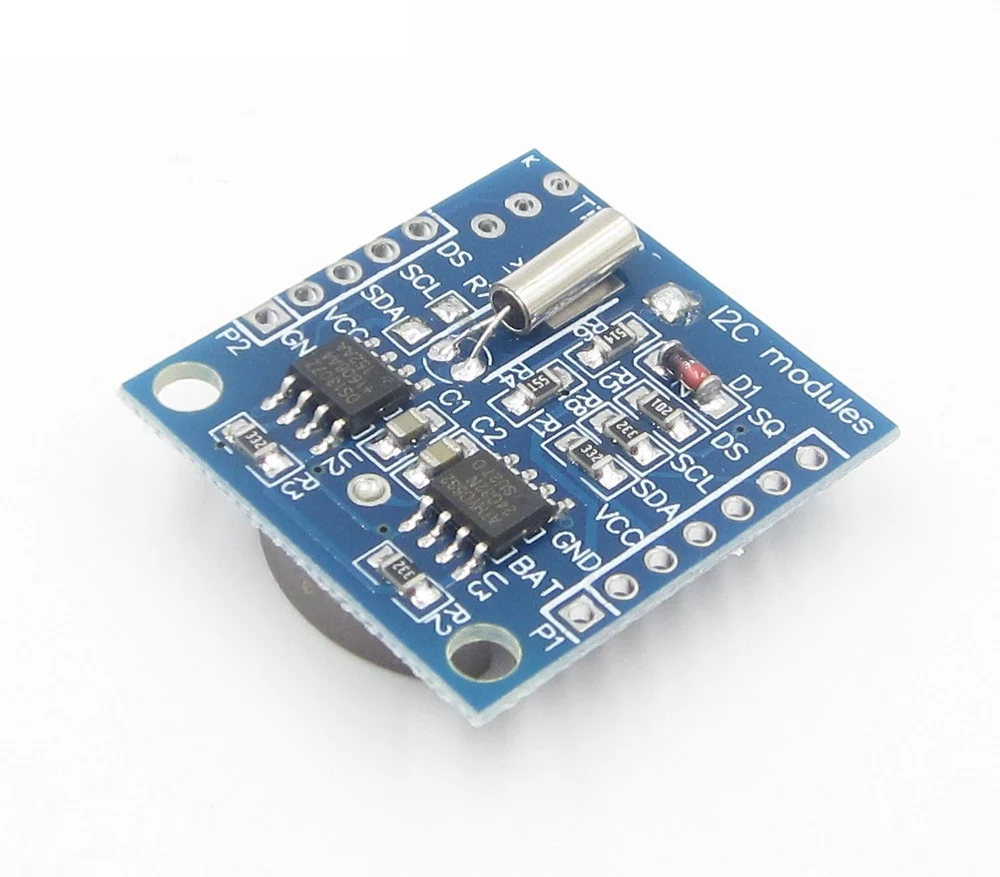
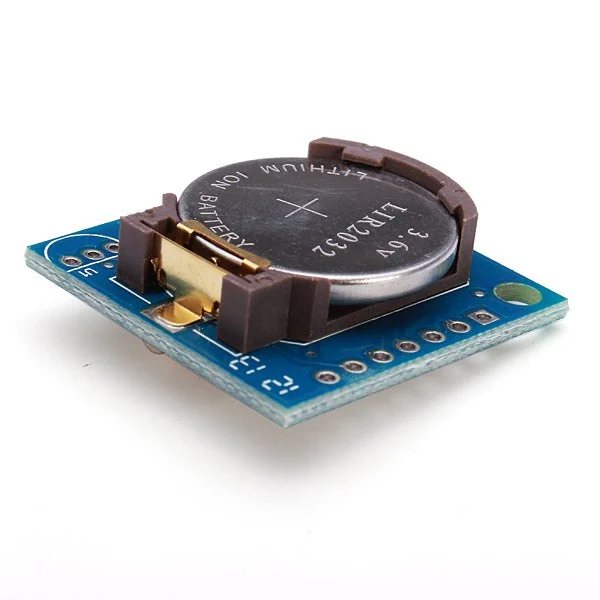
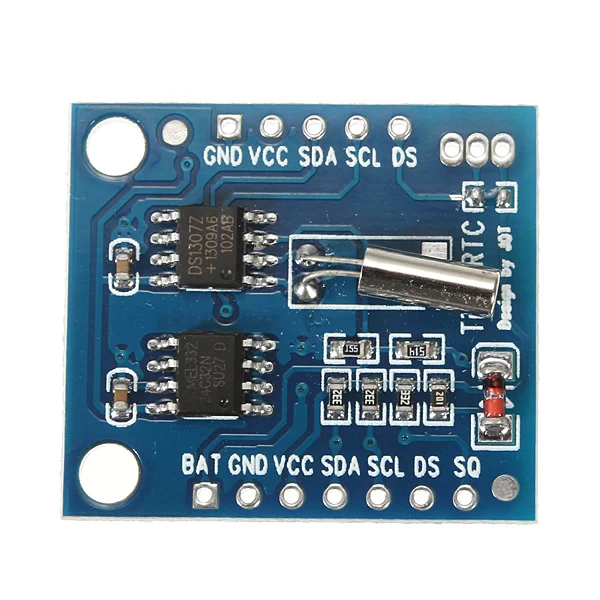
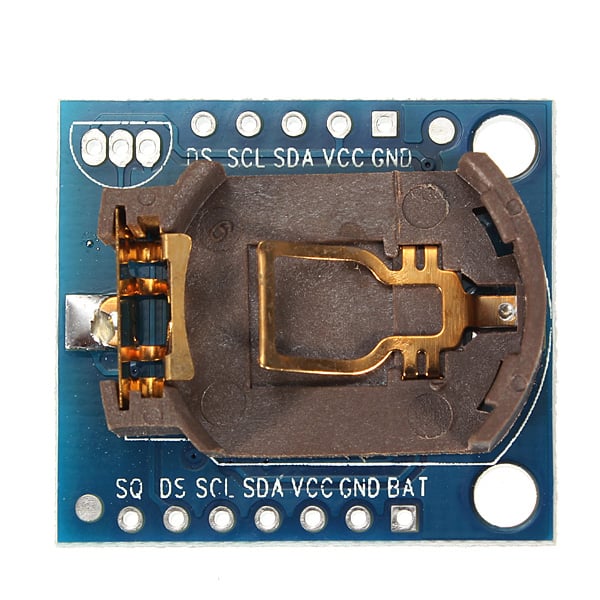


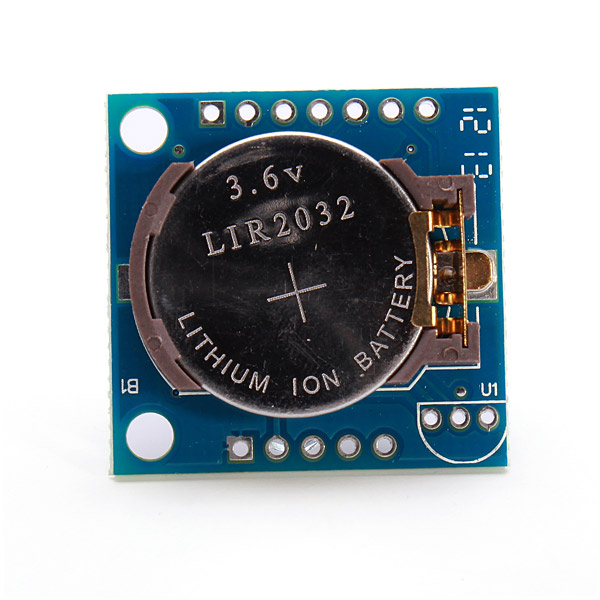
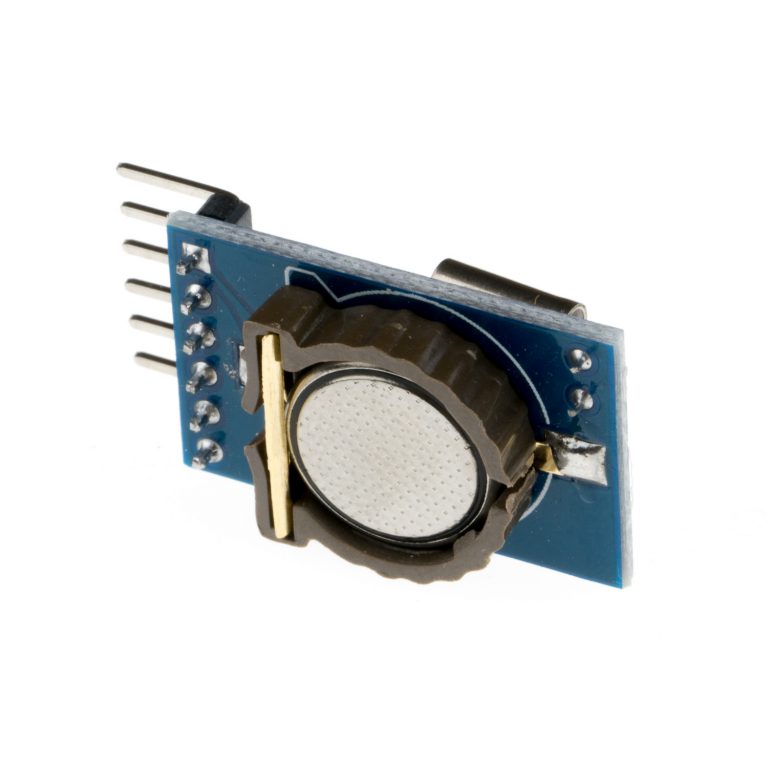

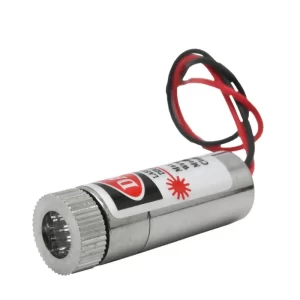
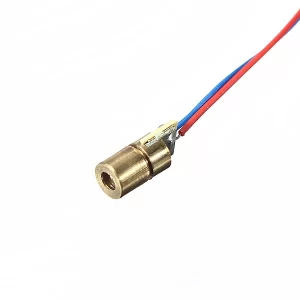
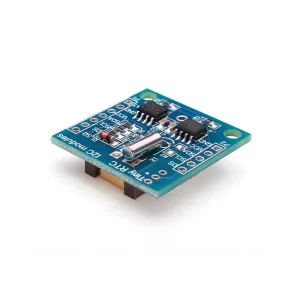











There are no reviews yet.